If you ask me, the electrical multimeter is one of the most incredible things that has been invented. This nifty little box can measure invisible forces like voltage, current, and resistance, just to name a few. One other function is to keep you safe.
But did you know there are a couple of hazardous situations where you can get hurt using a meter and even cause it to blow up? For the most part, meter manufacturers have reasonable built-in safety precautions, but you need to remember that even the best meters have limitations. So here are two situations you need to be aware of when using your meter.
Transients
What exactly are transients? Transients are not the guys you see walking on the side of the highway with all their belongings on their backs, moving from one town to another. Transients are short surges and quick bursts of energy induced by communication, data, and power lines.
Typically, they are extremely high voltages that have the potential to push large amounts of current through an electrical circuit for up to a few thousandths of a second. That may not sound like a long time, but if you’re on the receiving end, I’ll bet it would seem like a lifetime. Transients are unavoidable, and most don’t do any damage.
- Combining high-voltage spikes and high currents can be hazardous.
Where do transients come from?
Lightning always comes to mind as the leading transient cause. However, many other devices can induce transients onto a circuit, many of which are internal to a facility. In fact, it’s estimated that 80% of transient activity at a given facility is internally generated. These devices range from copiers, coffee makers, vacuum cleaners, VFDs, motor switching, and ballasts, just to name a few.
What do transients have to do with meters?
I’m getting there. But first, you need to know the enemy and where it came from to protect yourself. So what happens in a worst-case scenario with meters and transients? Simple. There is an arc that takes place inside of the meter. Let’s say you’re testing equipment, and lightning strikes the power line somewhere. The lighting induces a transient on the line that finds its way to the equipment you’re metering, causing the arc inside your meter. When that happens….BAM!! You think a gun has gone off right by your head. You pull the meter probes away from the circuit as a natural reflex, not thinking about the thousands of amps running through the test leads.
At this point, the leads act like a circuit breaker and draw an arc as you pull them away. If the arcs from the probe tips happen to join, they will create a phase-to-phase fault that will turn into an arc blast at extremely high temperatures. Is this always going to happen? No. Hopefully, the circuit will open fast enough when the meter blows up. Is this a possibility? Absolutely. The best multi-meter manufacturers put a lot of effort into protecting the input circuitry from transients, keeping you safe.
Arc Blasts
Another situation that you need to be aware of is more of a misuse of the meter. It’s not done on purpose most of the time but can have profound implications. The offense is a person trying to measure voltage while the test leads are in the current terminals. The fuse in the meter offers some protection, but it’s not absolute. To correctly measure current in low-energy circuits, you must open the circuit and insert the meter leads in series. The current in the circuit needs to stay the same, so the input impedance from the meter must be low enough that it doesn’t affect the current in the circuit.
Once you’re done measuring the current, it’s easy to forget to change the leads to the proper terminals to measure voltage. If the test leads are left in the terminals that measure current and are accidentally connected across a voltage source, the low input impedance essentially becomes a short circuit! It doesn’t matter if the selector dial is set to volts or amps; it’s the physical location of the leads.
They are still physically connected to a low-impedance circuit. That’s why manufacturers protect the current terminals with fuses. They are the only thing that differentiates between the inconvenience of blown fuses and a potential disaster.
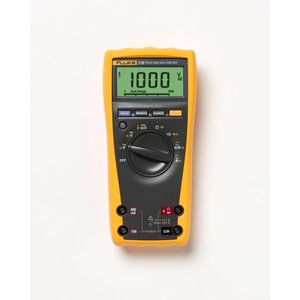
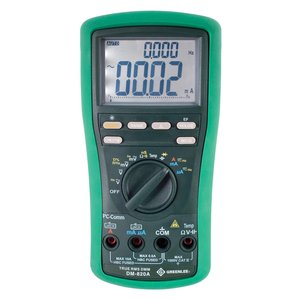
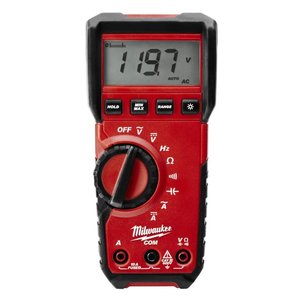
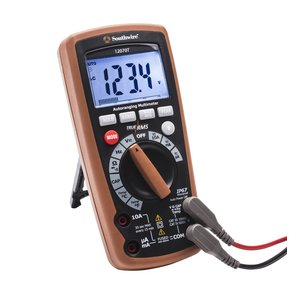

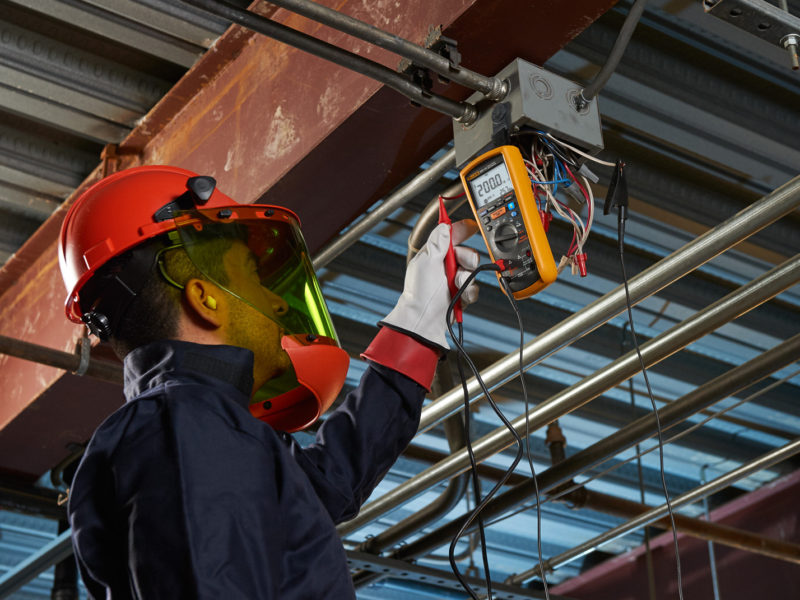

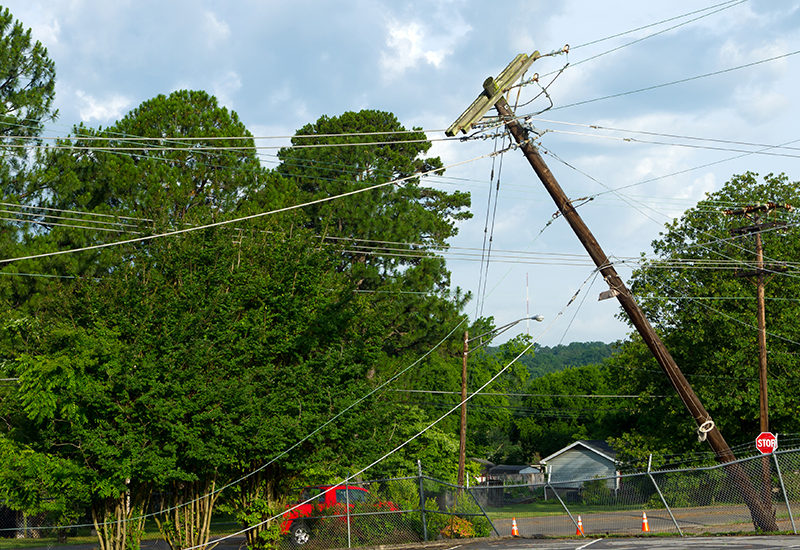

2 Comments
Pingback:
February 6, 2017 at 11:51 pmCaden Dahl
January 23, 2019 at 11:22 pmWhen dealing with anything electrical, you have to be careful. I wouldn’t try to do anything myself. That is why I would get professional advice or guidance when using a multimeter or any other electrical tools.